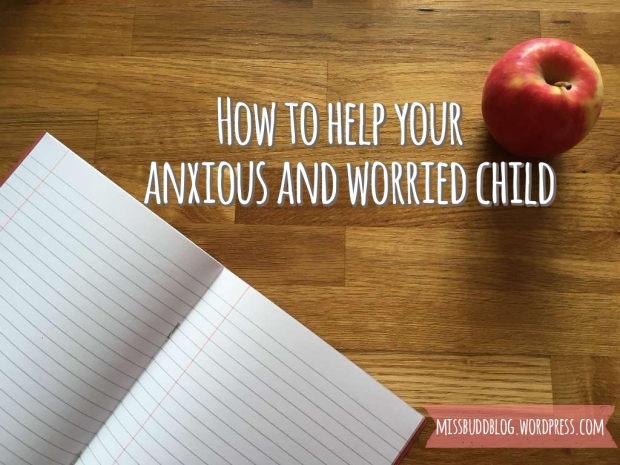
Many children really struggle with adding and subtracting mentally in their heads and often rely on using their fingers to count. I’ve seen this with children all the way up to Year 6. This really slows children down in arithmetic tests, mental maths tests and when using written column method to solve addition and subtraction. It can also be very frustrating for children and lower their confidence because they don’t feel they know any other way of mentally adding and subtracting.
The methods below are some of the foundations in helping your child build confidence and speed in their mental addition and subtraction skills.






 In the new Year 6 SATS paper, children now have an arithmetic test which comprises of around 36 questions to be answered in 30 minutes. Children will start to practise these tests throughout Key Stage 2. The tests can be answered using written methods or mental methods. Some questions will have to be answered using written methods as the numbers will be too large or complicated for children to work out mentally. However, there will be lot of questions which can be answered mentally, saving valuable time in the test and allowing more questions to be answered. In this blog post, we will look at some of the mental maths methods your child can use in the tests.
In the new Year 6 SATS paper, children now have an arithmetic test which comprises of around 36 questions to be answered in 30 minutes. Children will start to practise these tests throughout Key Stage 2. The tests can be answered using written methods or mental methods. Some questions will have to be answered using written methods as the numbers will be too large or complicated for children to work out mentally. However, there will be lot of questions which can be answered mentally, saving valuable time in the test and allowing more questions to be answered. In this blog post, we will look at some of the mental maths methods your child can use in the tests.
